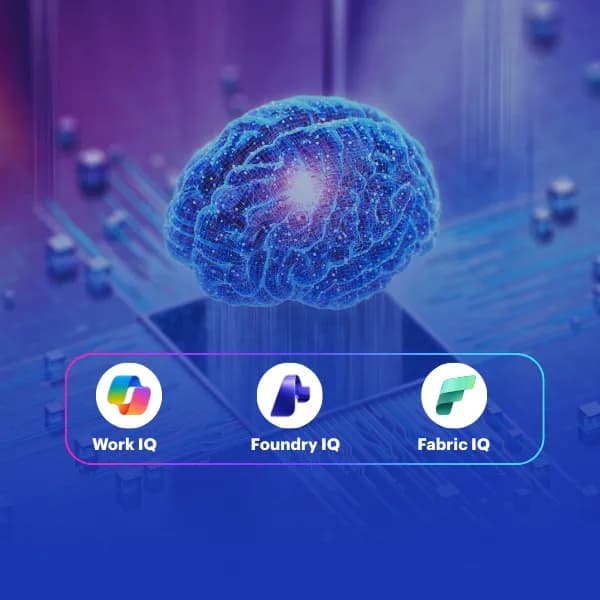Do you want to increase the efficiency of your dairy business?
Dairy companies invest a significant amount of money in building and maintaining infrastructure to keep their products fresh. Raw material management with dairy unions, receipt and quality inspections of received milk, and the final product and its storage account for roughly 60% of the total original outlay.
Moreover, maintaining the dairy supply chain is a critical part that is sometimes overlooked or overestimated. After the final milk production, the complexity begins to take root. Stocking milk in accordance with demand is a frequent issue that most dairy companies confront. The demand fluctuates, while production is dependent on the yield of the cattle or the supply from the local village dairy unions. As a result, dairy brands frequently end up overstocking or stock-outs. Additionally, same-day delivery, even at designated morning times, and payments to diverse supplier base, as well as managing delivery quantities, maintain the process disorganized and unpredictable, resulting in lower efficiency and productivity than it should be.
India is one of the world’s top producers of milk and other dairy products, and it is on its way to becoming the world’s largest food manufacturer. However, along the way to the top, various hurdles must be overcome in order to standardize the fragmented processes and information on a single platform. To keep dairy chain operations efficient and successful, dairy brands must adopt newer and smarter technologies. Dairy businesses must develop and use smart tools to ensure efficient dairy management as competition grows every day.
Let’s take a look at what an ERP designed for the dairy business can do for you, step by step.
Procurement and Classification of Milk

- Analyzing the raw milk received at a dairy facility requires precision. One needs to know the % of fat, protein, SNF, and other components in each batch in order to optimize the use of the raw materials. It is not a good idea to delegate this activity to individual team members because the process is time-consuming and humans are prone to error. Moreover, this step is necessary for accurately identifying the milk.
- By integrating with smart devices dedicated to the procedure, ERP systems designed for dairy businesses make the assessment of received raw milk easier and more efficient. This enables automated data collection and real-time platform changes, providing total visibility and confidence in the data collected.
- Furthermore, the solutions’ “classification” functions allow you to cleanly edit the milk classes once you’ve discovered their breakdown and purpose. You’ll be able to comply with requirements and have a clear picture of what you have on hand.
Raw material Low shelf-life management

- Each new shipment of milk has a freshness period and expiration date. One risks wasting what you’ve already purchased if you don’t make sure to precisely record this information and correlate it with the things you get from that batch. Or, in the worst-case situation, sending ruined goods to customers. This is made worse by the fact that the numerous processes that cheese, butter, cream, and other non-milk dairy products go through may impact their survival ranges.
- ERP solutions’ inventory management features can automatically log expiration dates and keep track of them when they become associated with items made from a specific lot of raw milk. This also aids total traceability because once a date is assigned to an item, it will remain such throughout the supply chain.
- First-out (FEFO) protocols help to ensure that goods don’t spoil before they’re utilised. This adds to more sustainable operations while also keeping your profits strong.
Quality Assurance & Production

- Few things are more critical in the food and beverage industry than quality and compliance, as these are significant determinants of your brand’s market reputation. When your customers are satisfied with your product’s taste, consistency, and safety, they will become repeat customers and brand ambassadors. When it comes to protecting your interests, you should also stay away from the unfavorable headlines associated with a food safety crisis.
- As a means of ensuring quality control, nothing beats dairy ERP solutions. These solutions allow automated data collection in a variety of situations.
- Using an ERP for the dairy sector, you can get the precise information you need for analysis straight into the interface. This is done by connecting directly with your smart sensors and scales and automating all essential readings and measurements.
- As a result, you’ll be able to tailor the procedure to the specifics of the product in front of you, ensuring that the most critical features are considered.
RND & Recipe Management

- There are many dairy products, from cheeses and yogurt to butter, ice cream, and more. Each of these goods has its stringent manufacturing requirements, so getting your recipes and formulas right is imperative. Keeping your brand current and producing a wide variety of products is crucial.
- It was designed with that in mind, and therefore comes with excellent recipe management tools, which are essential to these processes. With this software, your teams can adjust levels and settings to get things “just right,” ensuring consistency in your lines and reliable results.
- Obviously, the dairy marketplace is constantly changing, and you need to be able to innovate when opportunities arise. In addition to helping ensure your existing products stay true to their proven formulas, these features also let your research and development teams experiment with variations and entirely new categories.
Finance & Analytics

- With dairy ERP software, your finance department is connected to all other departments and everyone has access to the most current data. That level of control will allow your users to accurately account for the difference between original estimates and final prices. By doing this, you will make sure everything adds up.
- Lastly, dairy ERP software can be invaluable due to the high-level analysis and visualization it can provide, which can provide you with actionable insights that can boost your bottom line. The results will speak for themselves, whether it is a bottleneck that can be addressed to increase efficiency or a sales trend that can be identified to keep you ahead of the curve.





